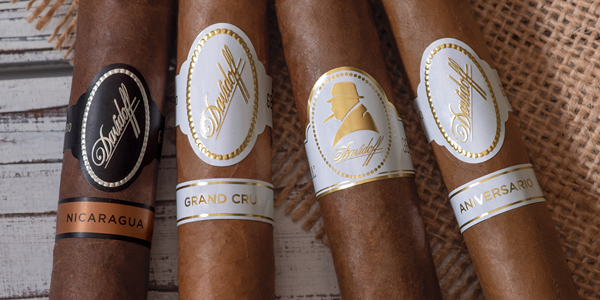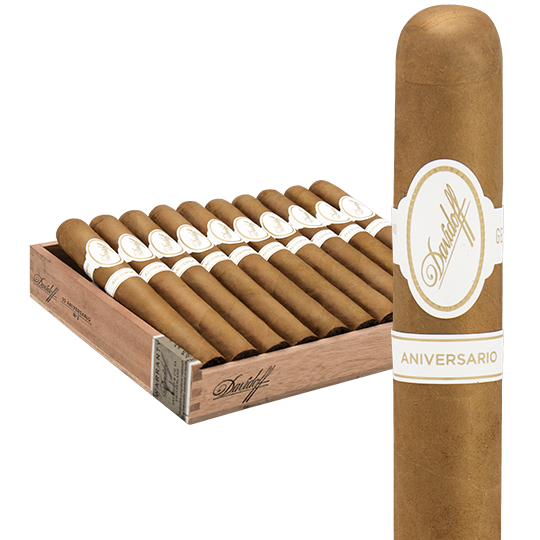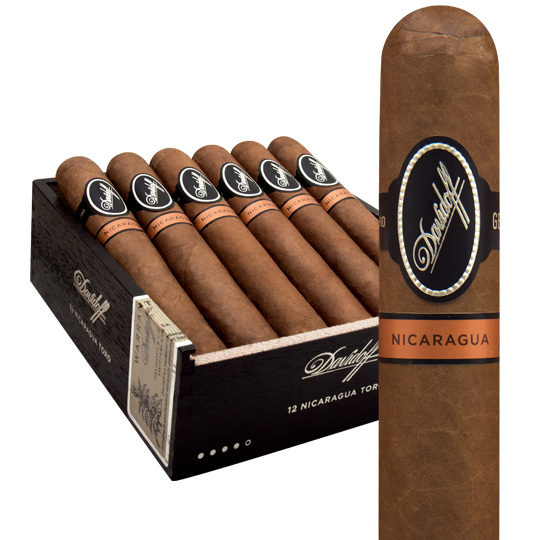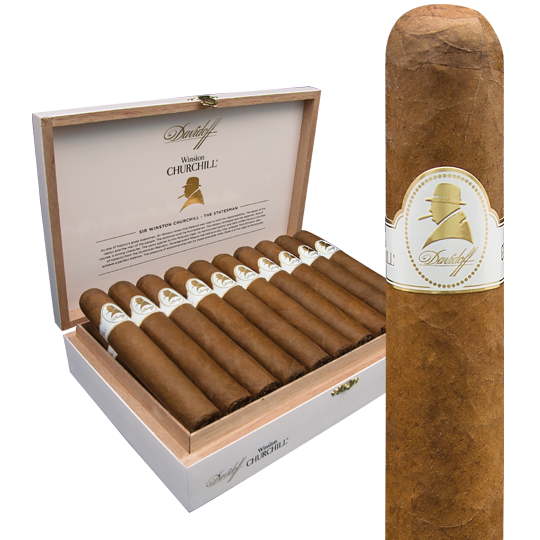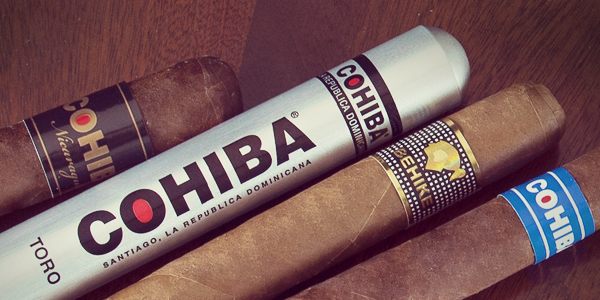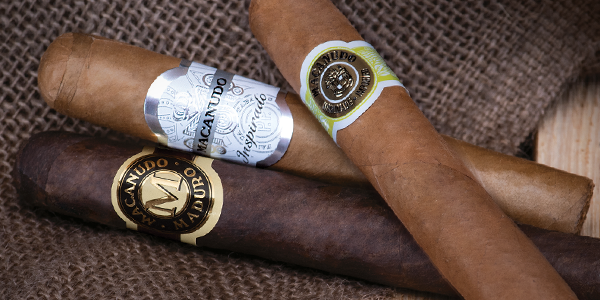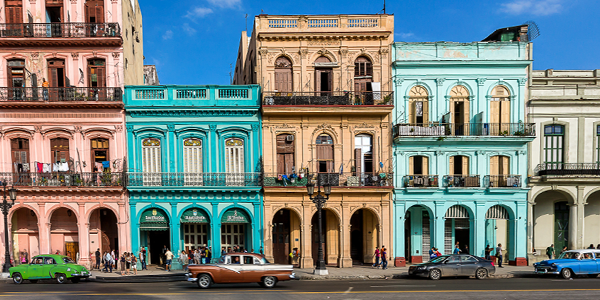History of Davidoff Cigars
Zino Davidoff was born to make great cigars. Davidoff began life in 1906, the son of a cigar merchant in Kiev, Ukraine, then part of Russia. The Davidoff family blended tobaccos mostly from Asia and sold cigars and cigarettes before moving, when Zino was five, to Geneva, Switzerland. There they opened a tobacco shop. Even Vladimir Lenin, exiled in Switzerland for several years, was a customer, so the story goes, before returning to Russia in 1917. The shop was the foundation for much greater things to come.
At the age of 19, Zino traveled around Latin America – including Cuba – and immersed himself in the cultivation of tobacco. Upon returning to Geneva, Zino applied his knowledge to the family business. He created new blends, invented new ways of storing tobacco and cigars (later inventing the desktop humidor, allowing customers to buy and properly store many more cigars at home) and, in 1947, created the first Davidoff cigar lines called ‘Chateau’ and ‘Grand Cru,’ with specific shapes named after the wines of Bordeaux. Davidoff became synonymous with the good life, becoming a great status symbol, particularly in Europe. But wait, there’s more. Much more.
Before creating the Davidoff cigar, the Davidoff shop sold Cuban cigars and, in particular, had great success marketing the popular Hoyo de Monterrey Chateaux series, beginning in the 1940s. This retail acumen impressed the Cubans and the Chateaux line would become the foundation for a historic collaboration. In 1967, Cubatabaco, the state-run organization that controlled the Cuban cigar industry, approached Davidoff with the idea of making a Cuban cigar in the family’s name. The cigar, some say, was essentially a version of the Cohiba made in the same factory, but with a lighter wrapper that made the Davidoff version smoother and milder. The Cuban Davidoff cigars were a huge success and demand grew. So did production and that created concerns on Zino’s part about maintaining quality and consistency in his brand. Hedging his bets, Davidoff also began producing some cigars in the Dominican Republic, including the Davidoff White Label.
By 1991, Zino had dissolved the relationship with Cuba and moved all Davidoff production to the Dominican Republic. He cited loss of quality control as the main reason. He is alleged to have burned, in public no less, thousands of those Cuban Davidoffs that he felt were not up to standard. The truth of that is a bit hazy, but from the spiritual ashes of those sacrificed cigars grew the Davidoff empire of today.
The top Davidoff cigars, under the White Label series, includes lines like the Millennium, Grand Cru, Signature and Aniversario cigars. Grand Cru is made with Dominican filler wrapped in an Ecuador Connecticut leaf. This is an almost sweet cigar that is rich and smooth. You’ll taste some espresso and cream, with some older vintages showing citrus and ginger notes. The Signature line is perhaps a bit milder. The Aniversario blend shows a bit more cedar and nut flavor, but is still solidly on the mild end of the spectrum. Millennium is where Davidoff begins to deliver some strength. The Millennium blend is much earthier with tinges of oak, leather and spice. The finish, while still typically creamy, is also crisp and spicy.
In the 21st century, Davidoff introduced its Black Label lines to the portfolio. This corresponded with the use of Nicaraguan tobaccos in cigars like Davidoff Nicaragua, taking the flavor profile firmly into the medium range. The Nicaragua is still typically elegant, but nicely peppery with a Cuban-seed Nicaraguan wrapper containing a blend of Nicaraguan filler. I’m not sure if there’s a better exemplar of the blend than the Toro, 6 x 52, at about $18. The highly rated Diadema, or Perfecto, 6.5 x 50, goes for about $20.
Davidoff, seeing the strong acceptance of its Nicaragua blend, has expanded the Black Label catalog with Yamasá and Escurio. Crossing into the medium-to-medium-full level, Yamasá has a darkish Dominican wrapper around a blend of Dominican and Nicaraguan filler. The flavor is heavy coffee that is spiced with pepper and a bit of smokiness. The Robusto, 5 x 50, goes for about $15. A little fuller still is Escurio, which incorporates Brazilian tobacco as binder and filler blended with Dominican tobaccos, all wrapped up in Ecuador Habano leaf. There’s a lot of complexity here and some real spice at the end. The Gran Toro, at 5.5 x 58, is a big ring gauge edition priced around $18.
One special line I like a lot is the Puro d’Oro. It’s a medium-bodied cigar with a little pigtail cap that offers a light spice in a creamy, slightly vegetal smoke with hints of cedar and leather popping through. This comes in a Petit Corona, a Corona Gorda and a Toro. Davidoff Winston Churchill is perhaps the most sophisticated blend of all, using Dominican, Nicaraguan and Mexican tobaccos in an Ecuador wrapper. There’s pepper, leather, espresso and cedar here. The band shows a gold silhouette of its namesake. Of course, you have to try the Churchill, 6.875 x 47, at about $19.
Davidoff – officially referred to as Davidoff of Geneva – is part of Oettinger Davidoff, an international conglomerate, that also makes clothing, cologne and other premium luxury goods.
The company also produces other cigar brands. For the past two decades or more, the Avo cigar brand, created by the legendary Avo Uvezian, has been blended, rolled and distributed by Davidoff. Camacho, a brand begun in the 1960s by Cuban exile Simón Camacho and later acquired by the Eiroa family, was sold to Davidoff in 2008, though the Eiroa family continues to own the tobacco fields in Honduras.
And those Cuban Davidoffs? Many still exist and have been sold at various auctions over the years, fetching thousands of dollars a box. I have been privileged to have smoked some and can attest that they have held up beautifully, maintaining the signature balance and elegance that one would expect of a Davidoff.
Davidoff cigars are pricy, to be sure, but consistent with Zino’s philosophy. “Smoke less, but better,” he would say. Luckily, today there is plenty of good stuff to go around.

